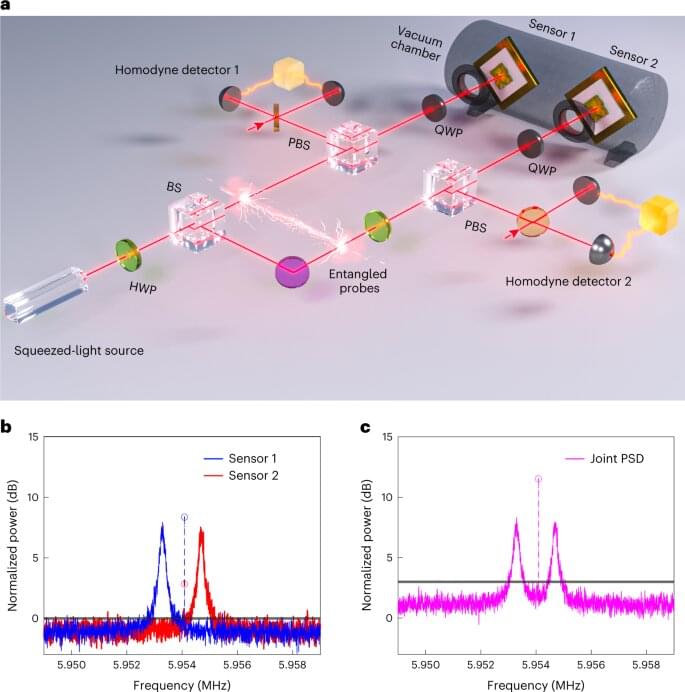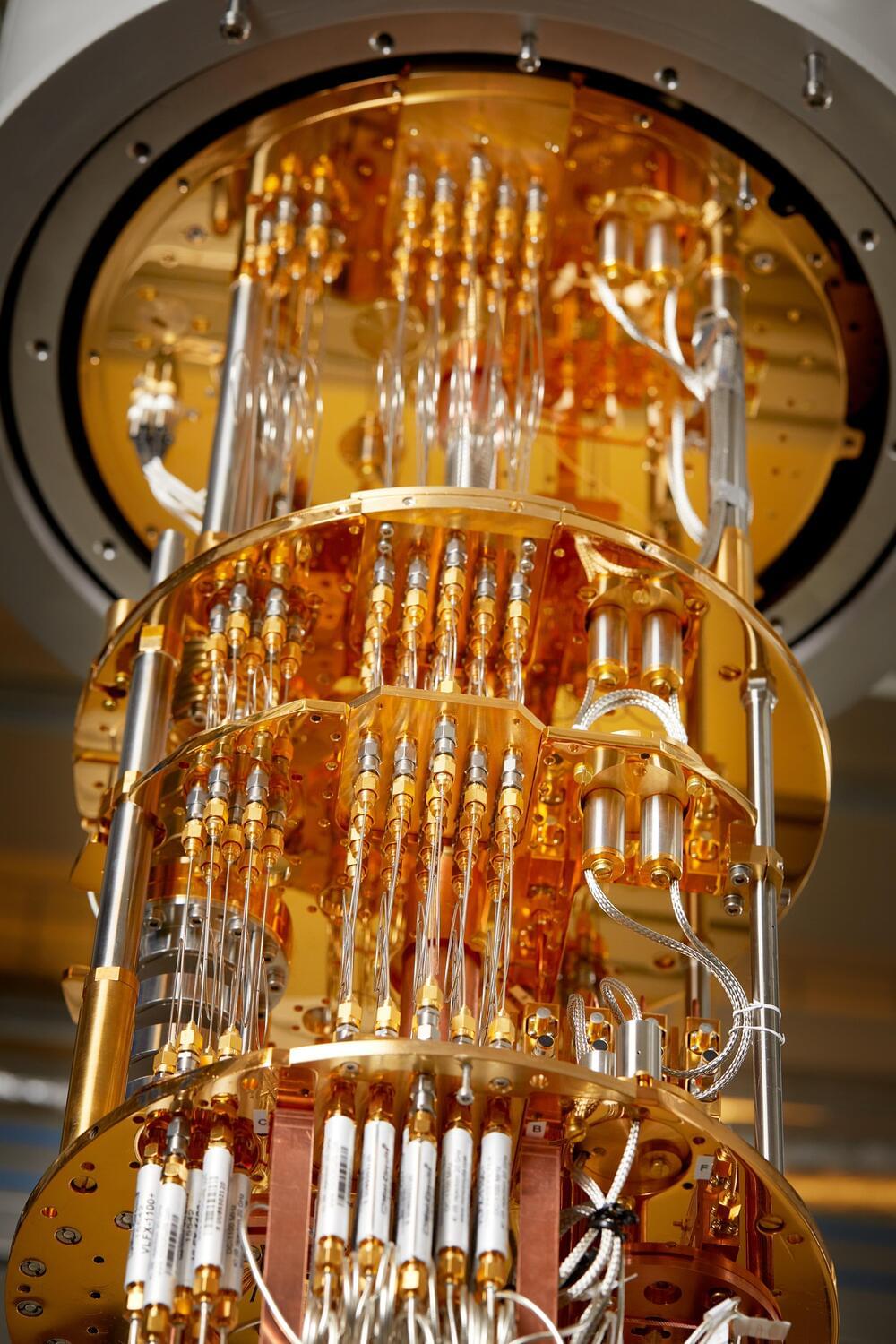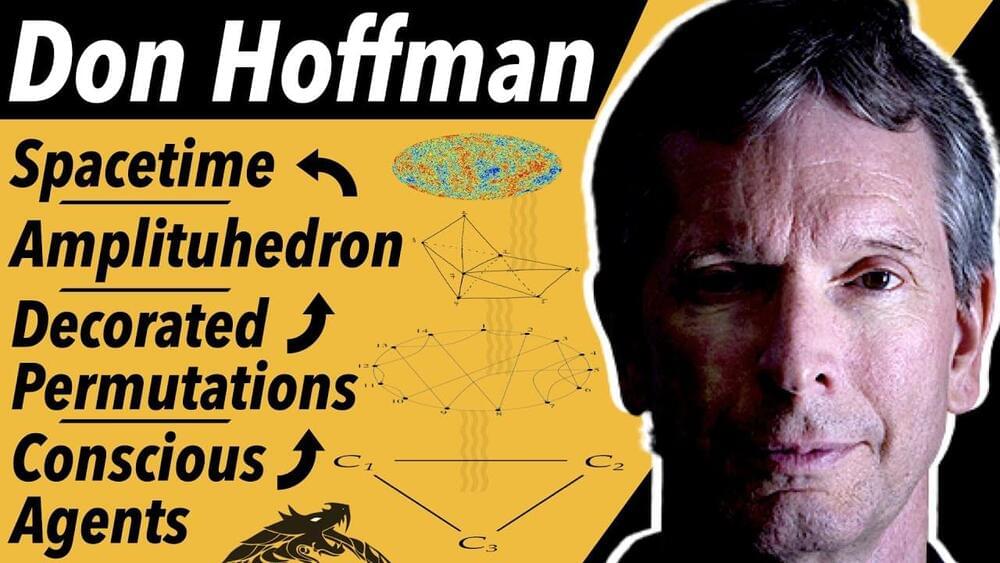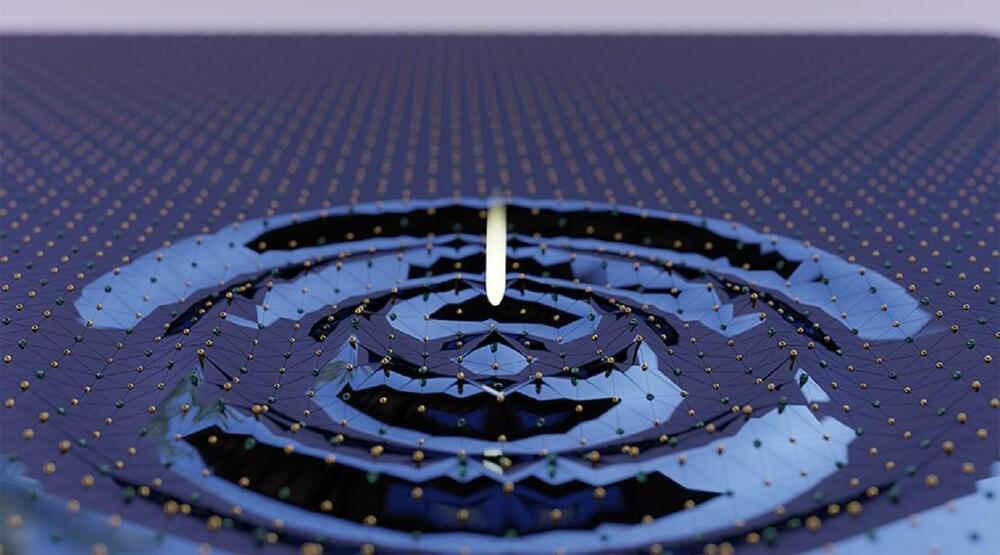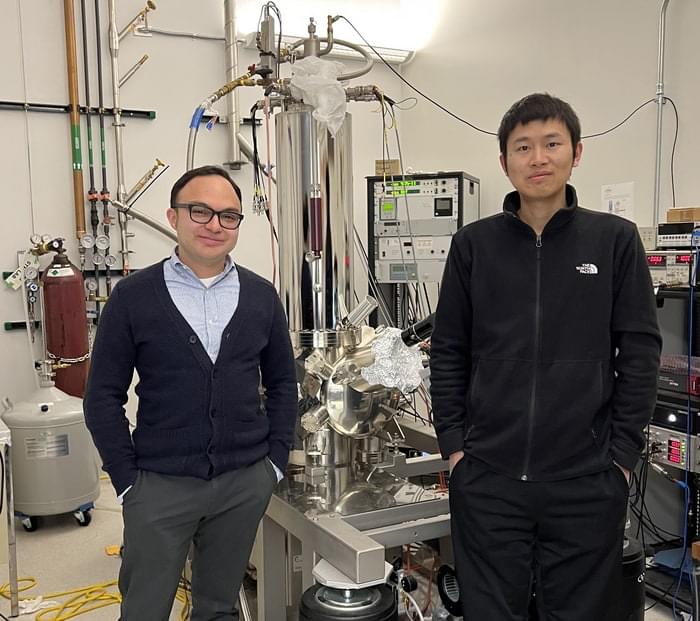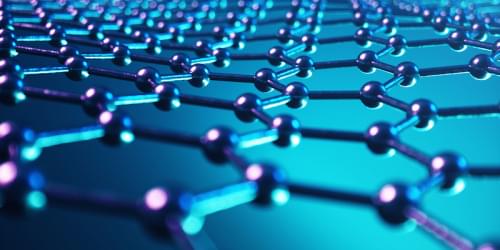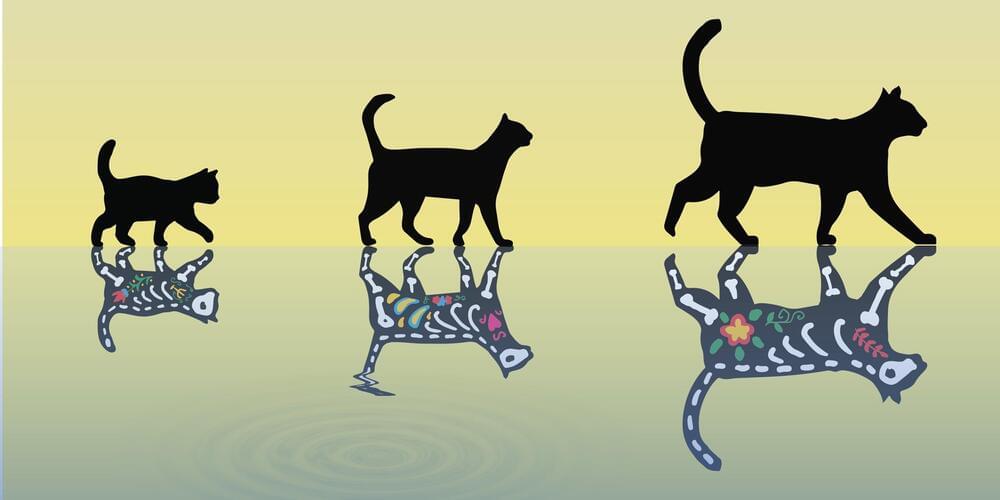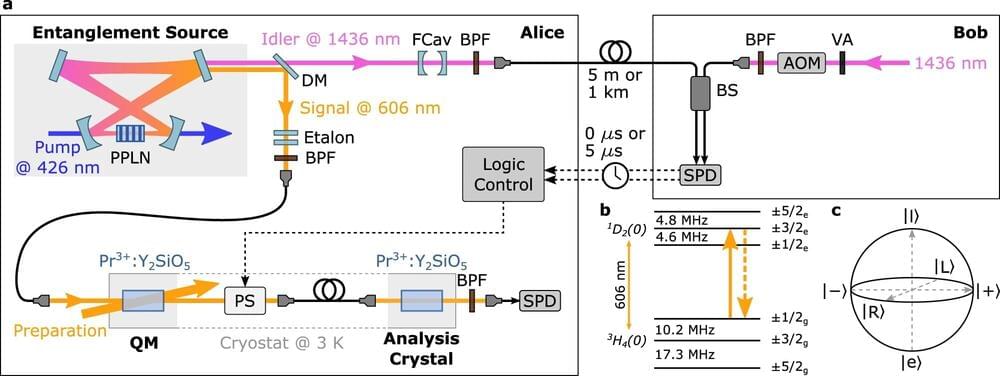Apr 23, 2023
Quantum entanglement could make accelerometers and dark matter sensors more accurate
Posted by Paul Battista in categories: cosmology, mobile phones, quantum physics
The “spooky action at a distance” that once unnerved Einstein may be on its way to being as pedestrian as the gyroscopes that currently measure acceleration in smartphones.
Quantum entanglement significantly improves the precision of sensors that can be used to navigate without GPS, according to a new study in Nature Photonics.
“By exploiting entanglement, we improve both measurement sensitivity and how quickly we can make the measurement,” said Zheshen Zhang, associate professor of electrical and computer engineering at the University of Michigan and co-corresponding author of the study. The experiments were done at the University of Arizona, where Zhang was working at the time.
